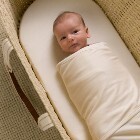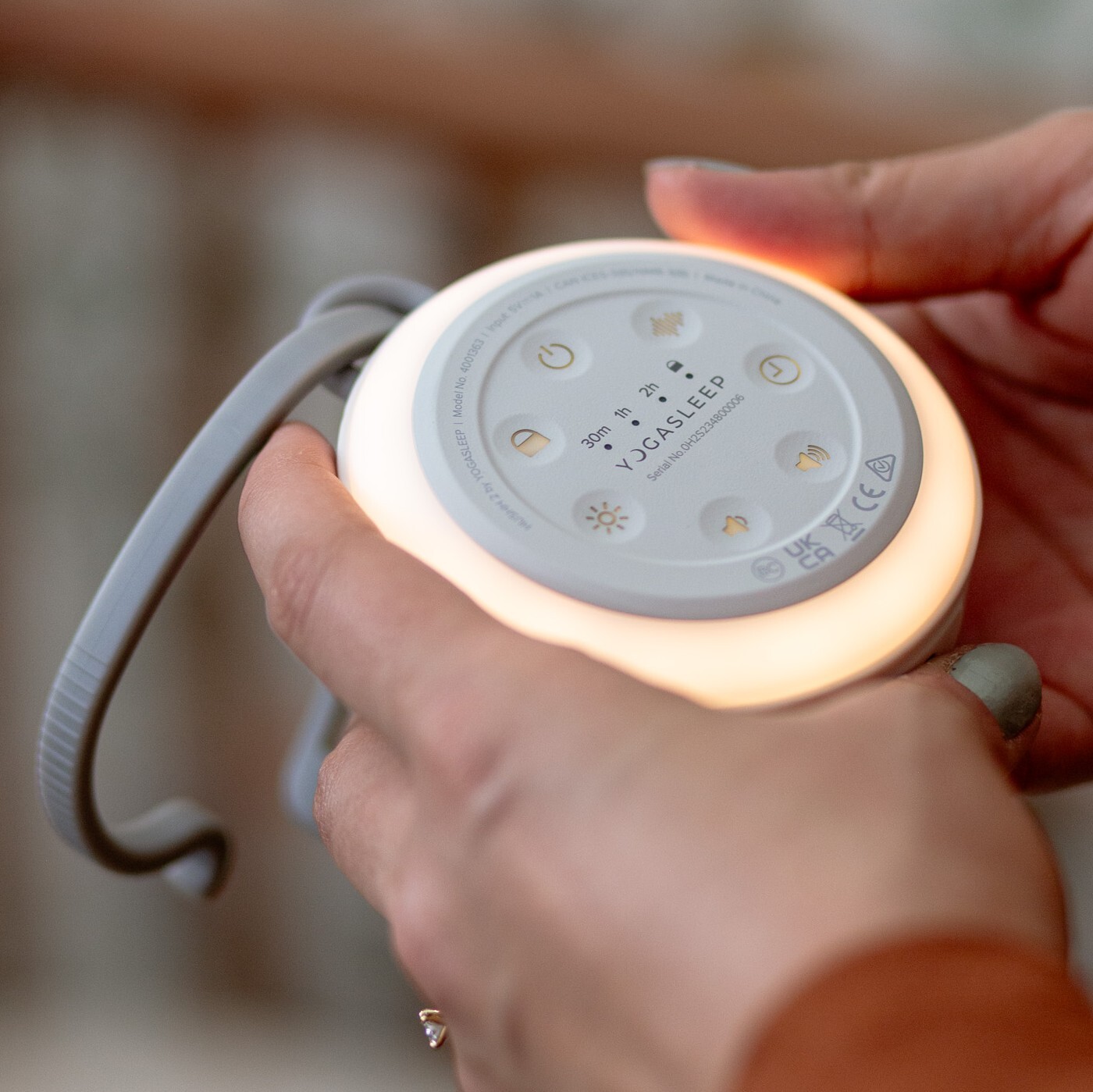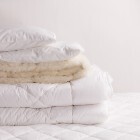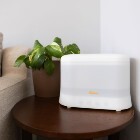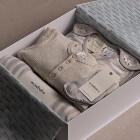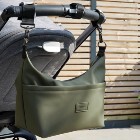Research has shown that lowering exposure to dust mite allergens can help allergy sufferers by reducing the frequency and severity of their symptoms and by reducing their need for medication. To achieve these goals it is essential to understand the most important allergen reservoirs and learn how deal effectively with them. Many people waste a lot of time and energy cleaning their homes without having much impact on allergen exposure. The Bedroom - the most important area!!!!
Allergen Avoidance
The Mattress
In most homes, the mattress is THE major reservoir of dust mite allergen. The depth and complex construction of the mattress means that no amount of vacuuming or treatment with mite-killing sprays or powders (acaricides) will render it free from dust mite allergen. Complete encasement with a specialised allergen-barrier cover such as MiteGuard is the only effective means of protection. The allergen barrier cover should be lightly vacuumed or wiped with a damp cloth each week and hot water (at least 55°C) washed every 3 or 4 months to kill dust mites and prevent a build up of allergen on the cover.
Pillows
Pillows are a major source of dust mite allergen which our noses are pressed up against all night long! Most of the dust collected from pillows consists of flakes of dead skin and dust mite droppings! A dust-mite proof pillow cover (such as the MiteGuard range) and regular weekly hot water washing of the outer pillow case will protect you from this major source of allergen.
Other Bedding
All sheets should be hot water washed weekly. Blankets should be hot water washed monthly (at least) or if woollen, dry cleaned. A duvet fitted with a dust-mite proof barrier cover, such as a MiteGuard cover and weekly hot water washing of the outer duvet cover is the best way of eliminating dust mite allergens from the outer bed covers.
We Recommend These
Flooring
Polished flooring is really the best solution. Loose rugs which can be regularly cleaned will help create a more comfortable atmosphere if you prefer.
Soft Toys
Soft toys should be washable. If a regular schedule for washing the soft toys in hot water is adhered to from when the toys are new, allergen build up should be reduced to a minimum. Alternatively, regularly placing soft toys in the freezer overnight is an effective way of killing any dust mites which may have taken up residence. Older soft toys which have been "loved" for a long time may contain large amounts of allergen.
Dusting and Cleaning
Curtains
A note about hot water
Are dust mites a problem in the rest of the house?
Frequent steam cleaning of fabric coverings can lower allergen levels but smooth coverings such as leather (if your budget will stretch to it) or vinyl are easiest to keep clean and will retain the lowest levels of allergen.
As in the bedroom, smooth flooring with loose rugs which can be regularly cleaned are ideal. If you are lucky enough to have native timber floors hiding under your carpets, sanding and sealing will certainly be a very attractive option.


